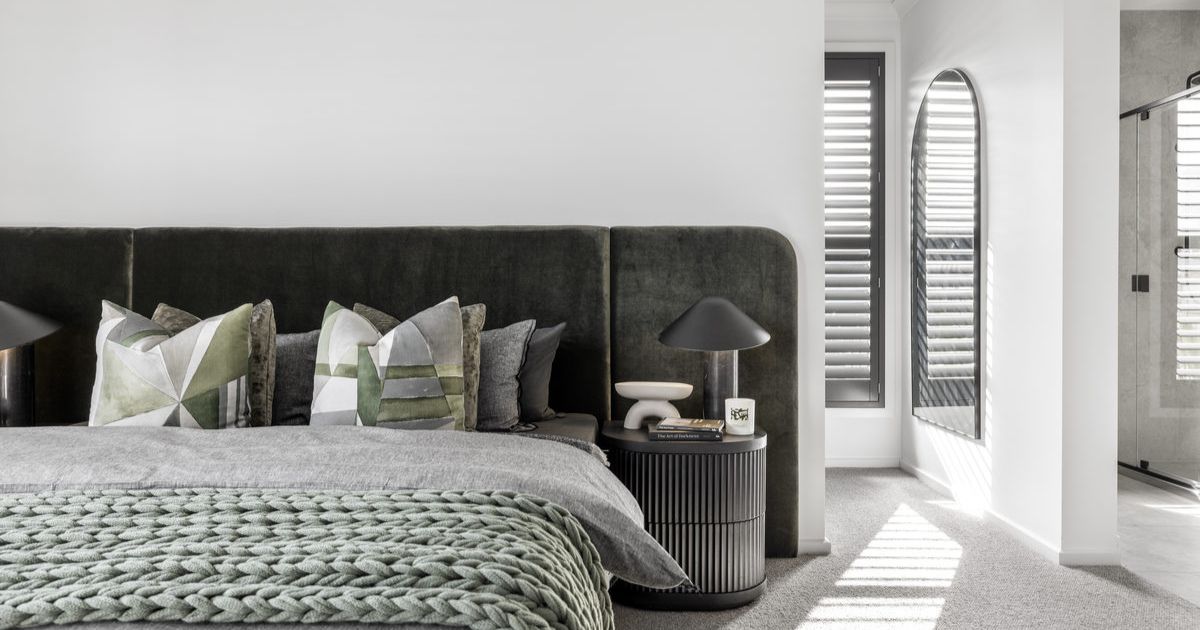How COVID-19 is changing regional homes

Home offices are going beyond part time, trending towards offering all the facilities you’d expect in a traditional workplace.
An architecture firm is reporting a “surge” in demand for regional projects since the COVID-19 pandemic began, with an increase in requests for designs that incorporate work-from-home arrangements.
Co-directors of THOSE Architects Ben Mitchell and Simon Addinall said the trend had seen them working on projects “right up and down the eastern seaboard and inland.”
“The demand is being driven by the mobilisation and decentralisation of the workforce, in a large part due to COVID-19,” Mr Addinall said.
It’s a trend that’s been noted by real estate agents and economists for some time now, but for architects it’s not just changing where they work, but what they build.
“[Because of COVID] we are seeing briefs that include fully functional work from home spaces, surprisingly sometimes integrated into the main living areas of the home,” Mr Mitchell said.
Designs getting bigger as clients replicate the office
“Each project is different as every client has a unique problem to solve when it comes to work-from-home. More generally though, I would say that the projects we are designing regionally post-COVID are slightly larger than those we completed pre-COVID. In the main this is to facilitate, or often replicate, a typical office setup,” Mr Mitchell said.
“For example, pre-COVID a client might work-from-home occasionally and employ a laptop in a study nook located somewhere in the home. Post-COVID we are seeing clients working from home full time that require fully functioning offices, full of technology, with two wide screens, for example, and having facilities to prepare refreshments and even associated bathrooms.”
While regional areas may traditionally have been viewed by clients as ideal spots for weekender accommodation, most of the new projects were for clients who already live outside the major cities or intend to relocate.
“Over 90 per cent of the regional projects we are currently working on are permanent residences, designed specifically to be occupied full time,” Mr Addinall said.
Materials and labour can add up
While regional projects were largely similar to their urban counterparts, Mr Addinall said that cost of building a property in the country can sometimes come as a surprise to those who haven’t built there before.
“There are challenges, mostly associated with transportation of materials and labour,” he said.
“In extreme circumstances you can increase the cost of a project up to 50 per cent by building remotely. At THOSE, we take the approach to source locally made materials where possible and use local skilled labour to wrestle these costs down.
“If you build the right partnerships, there should be no reason to abandon remote or regional projects due to cost.”
– BY REALESTATEVIEW.COM.AU


















